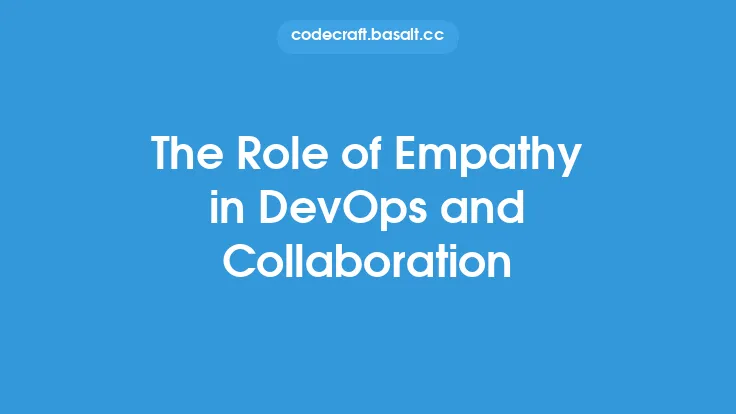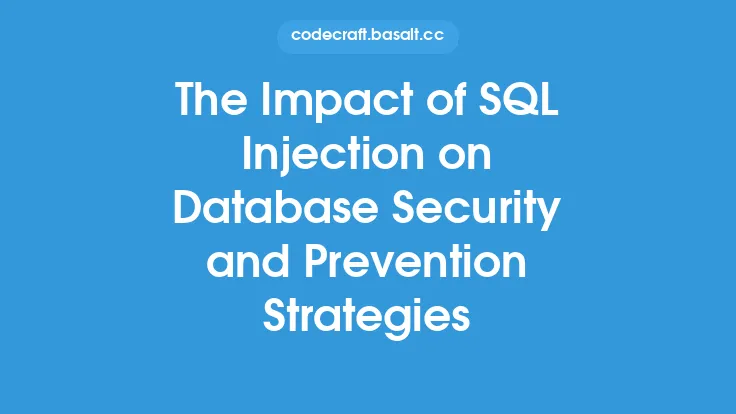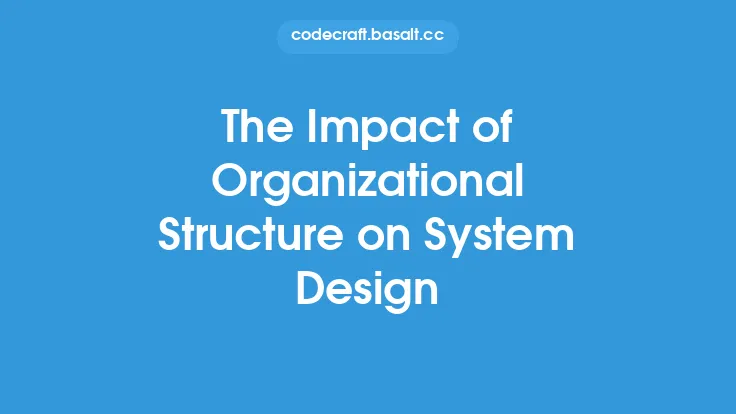Psychological safety is a crucial aspect of any team or organization, and its impact on DevOps and collaboration cannot be overstated. In the context of software engineering, psychological safety refers to the feeling of being comfortable sharing ideas, opinions, and concerns without fear of reprisal or judgment. When team members feel psychologically safe, they are more likely to be open, honest, and vulnerable, which is essential for effective collaboration and DevOps practices.
Introduction to Psychological Safety
Psychological safety was first introduced by Amy Edmondson, a Harvard Business School professor, in 1999. She defined it as "a shared belief held by members of a team that the team is safe for interpersonal risk-taking." In other words, team members feel comfortable sharing their thoughts, ideas, and concerns without fear of being ridiculed, rejected, or punished. Psychological safety is not about being comfortable or happy all the time; it's about feeling safe to take risks, make mistakes, and learn from them.
The Importance of Psychological Safety in DevOps
DevOps is a set of practices that aims to improve the collaboration and communication between development and operations teams. Psychological safety is essential for DevOps because it allows team members to share their ideas, concerns, and feedback without fear of judgment. When team members feel psychologically safe, they are more likely to speak up about potential issues, suggest improvements, and collaborate effectively. This leads to better problem-solving, faster time-to-market, and higher quality software.
How Psychological Safety Impacts Collaboration
Collaboration is critical in software engineering, and psychological safety is a key enabler of effective collaboration. When team members feel psychologically safe, they are more likely to engage in open and honest communication, share their knowledge and expertise, and work together towards a common goal. Psychological safety also fosters a culture of experimentation, learning, and continuous improvement, which is essential for innovation and growth.
Technical Practices that Support Psychological Safety
Several technical practices can support psychological safety in DevOps and collaboration. These include:
- Pair programming: Pair programming involves two developers working together on the same code. This practice promotes collaboration, knowledge sharing, and mutual learning, which can help build psychological safety.
- Code reviews: Code reviews involve reviewing and discussing code changes before they are merged into the main codebase. This practice promotes open communication, feedback, and collaboration, which can help build psychological safety.
- Continuous integration and continuous deployment (CI/CD): CI/CD involves automating the build, test, and deployment of software. This practice promotes collaboration, feedback, and continuous improvement, which can help build psychological safety.
- Retrospectives: Retrospectives involve reflecting on past experiences and identifying opportunities for improvement. This practice promotes open communication, feedback, and continuous improvement, which can help build psychological safety.
Leadership Practices that Support Psychological Safety
Leadership plays a critical role in building and maintaining psychological safety in DevOps and collaboration. Several leadership practices can support psychological safety, including:
- Leading by example: Leaders should model the behavior they expect from their team members, including openness, honesty, and vulnerability.
- Encouraging feedback: Leaders should encourage team members to provide feedback and suggestions, and create a safe and supportive environment for doing so.
- Fostering a culture of experimentation: Leaders should encourage experimentation, learning, and continuous improvement, and create a safe and supportive environment for taking risks and making mistakes.
- Addressing conflicts and issues: Leaders should address conflicts and issues promptly and fairly, and create a safe and supportive environment for resolving disputes and improving relationships.
Measuring Psychological Safety
Measuring psychological safety can be challenging, but there are several approaches that can be used. These include:
- Surveys and questionnaires: Surveys and questionnaires can be used to measure team members' perceptions of psychological safety, including their feelings of comfort, trust, and openness.
- Observations and feedback: Observations and feedback from team members, leaders, and other stakeholders can be used to measure psychological safety, including the level of open communication, collaboration, and experimentation.
- Metrics and KPIs: Metrics and KPIs, such as team velocity, lead time, and deployment frequency, can be used to measure the impact of psychological safety on DevOps and collaboration.
Conclusion
Psychological safety is a critical aspect of DevOps and collaboration, and its impact on software engineering cannot be overstated. By building and maintaining psychological safety, teams can improve collaboration, communication, and problem-solving, leading to better software quality, faster time-to-market, and higher customer satisfaction. Leaders and team members can support psychological safety by modeling open and honest behavior, encouraging feedback and experimentation, and addressing conflicts and issues promptly and fairly. By prioritizing psychological safety, organizations can create a culture of innovation, growth, and continuous improvement, and achieve greater success in their software engineering endeavors.





